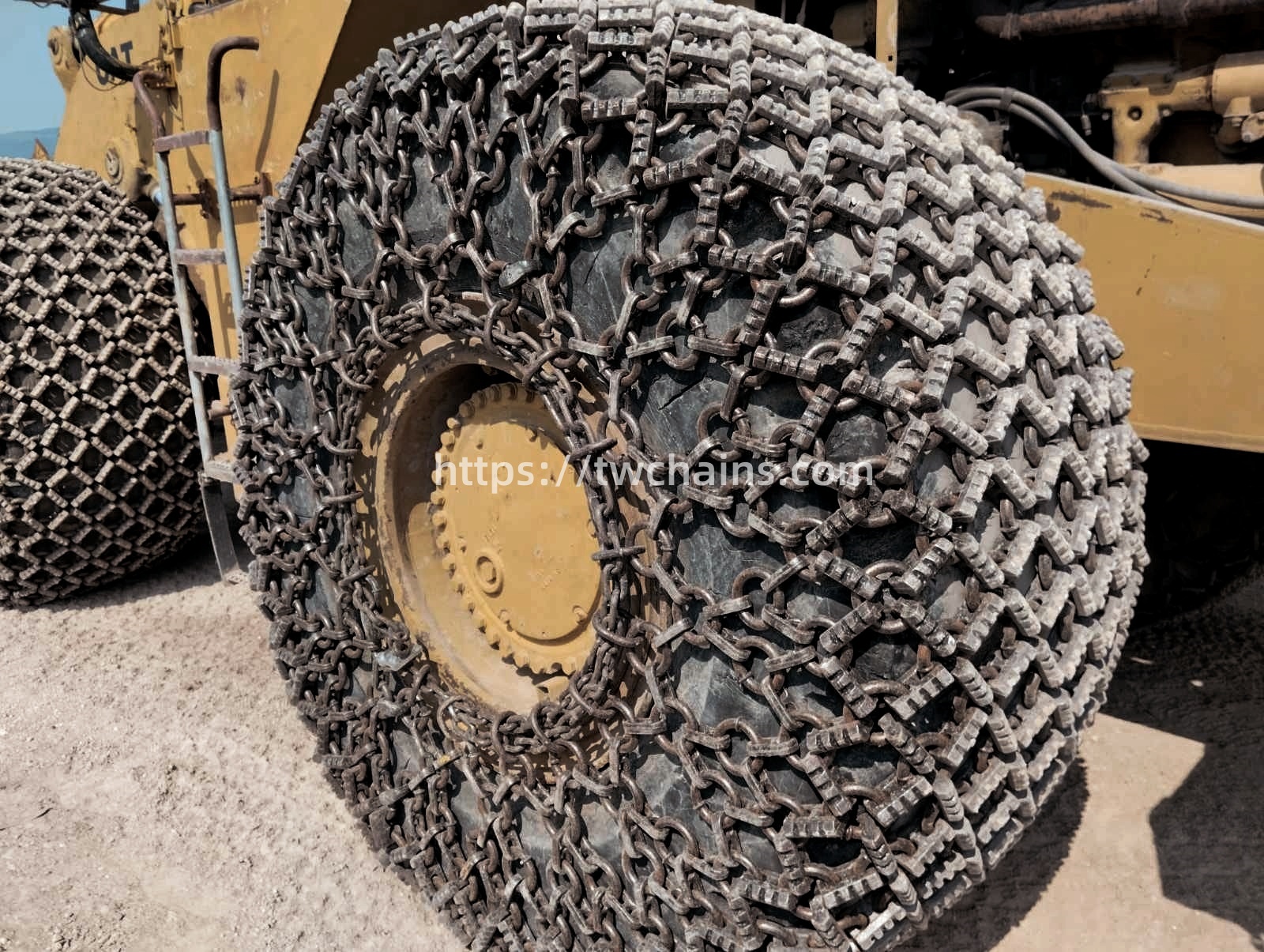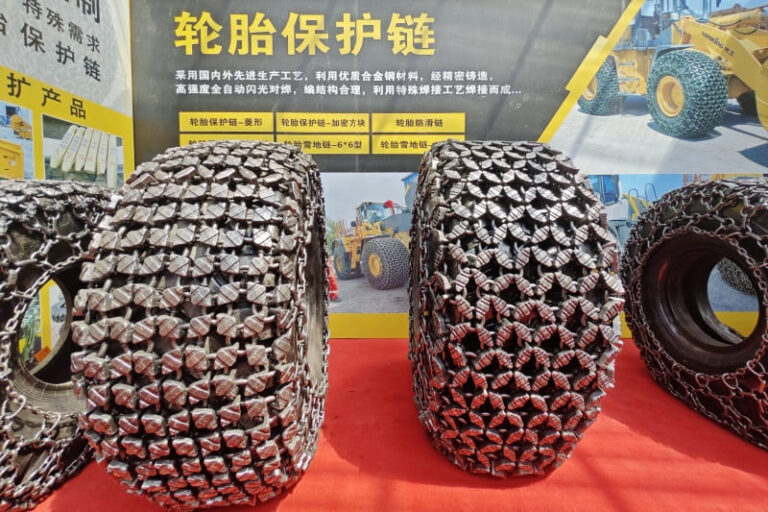Sécurité hivernale : avantages des chaînes pour pneus
Ensure safe winter driving with tire chains. Enhance traction, control, and stability on icy roads for cars, trucks, and tractors.
Benefits of Using Tire Chains in Winter
When winter rolls in with its blanket of snow and icy roads, driving can become particularly challenging and, at times, dangerous. For those living in regions prone to heavy snowfall, tire chains are an essential tool for safe travel. Let’s explore the benefits of using tire chains during the winter months and how they can make your driving experience safer and more reliable.
What Are Tire Chains?
Tire chains, also known as snow chains, are devices fitted around the tires of vehicles to provide increased traction on snow and ice. They are typically made from metal chains, but can also be constructed from other materials like polyurethane. By wrapping around the tire, these chains cut into the snow and ice, giving your vehicle better grip and control.
Types of Tire Chains
There are several types of tire chains available, each designed to meet specific needs:
- Standard Link Chains: These are the most common type and are suitable for most vehicles. They offer good traction and are quite durable.
- Cable Chains: Made from steel cables rather than links, these chains are lighter and easier to install. They are ideal for passenger vehicles.
- V-Bar Chains: These have metal studs that dig into ice, offering superior traction. They are best for trucks and off-road vehicles.
- Tractor Tire Chains: Specifically designed for tractors and heavy machinery, these chains are built to withstand rugged conditions and provide excellent grip on snowy fields.
Key Benefits of Using Tire Chains
Enhanced Traction
The primary benefit of tire chains is the enhanced traction they provide. By creating a rough surface on your tires, chains ensure that your vehicle can grip the road more effectively. This is crucial when driving on icy or snow-packed roads where slipping is a constant risk.
Improved Control and Safety
With better traction comes improved control. Tire chains help prevent your vehicle from sliding or skidding, which can be especially dangerous on sharp turns or steep inclines. This improved control translates to enhanced safety for both the driver and passengers.
Increased Stability on Slippery Roads
Tire chains help stabilize the vehicle, reducing the likelihood of fishtailing or losing control. This added stability is particularly beneficial for larger vehicles like trucks and SUVs, as well as for those pulling trailers.
Versatility Across Different Vehicles
Tire chains aren’t just for cars; they can be used on a wide range of vehicles, including trucks, SUVs, and tractors. For example, tractor tire chains are essential for farmers who need to operate machinery in snowy or icy conditions. This versatility makes tire chains a valuable tool for anyone needing to navigate winter roads.
How to Choose the Right Tire Chains
Choosing the right tire chains depends on your vehicle type, the typical road conditions you encounter, and personal preference.
Consider Your Vehicle
Ensure you select chains that are compatible with your vehicle’s tire size. For larger vehicles like trucks and SUVs, heavier chains may be necessary to provide adequate traction. Tractor tire chains are specifically designed for agricultural machinery.
Assess Road Conditions
For regions with frequent ice, V-bar chains offer superior traction. If you typically drive on snow-packed roads, standard link or cable chains may suffice.
Ease of Installation
Consider how easy it is to install and remove the chains. Some chains feature self-tightening devices that make installation quicker and less cumbersome.
Proper Use and Maintenance of Tire Chains
To get the most out of your tire chains, proper use and maintenance are crucial.
Installation Tips
- Practice Makes Perfect: Before the first snowfall, practice installing your chains to ensure you’re familiar with the process.
- Follow Instructions: Always follow the manufacturer’s instructions for installation and removal.
- Drive Slowly: When using tire chains, keep your speed under 30 mph to prevent damage to the chains and your tires.
Maintenance and Storage
- Inspect Regularly: After each use, inspect your chains for any damage or wear.
- Clean and Dry: Clean your chains with water to remove road salt and dry them thoroughly before storage to prevent rust.
- Proper Storage: Store your chains in a cool, dry place to prolong their lifespan.
Legal Requirements and Considerations
In some regions, the use of tire chains is not just recommended but legally required under certain conditions. It’s essential to be aware of local laws regarding tire chain use to avoid fines and ensure safety. Some areas may have designated chain control zones where chains must be used.
Environmental Impact
While tire chains are invaluable for winter driving, it’s important to be aware of their environmental impact. Chains can cause damage to road surfaces and increase wear on tires. Using them only when necessary and following speed limits can help mitigate these effects.
Conclusion
Tire chains are a vital tool for safe winter driving, offering enhanced traction, improved control, and increased stability. By choosing the right type of chains for your vehicle and conditions, and by following proper installation and maintenance practices, you can navigate winter roads with confidence and peace of mind. Whether you’re driving a car, truck, or tractor, tire chains provide the security and reliability you need during the cold months. Stay safe and enjoy the journey this winter season!





